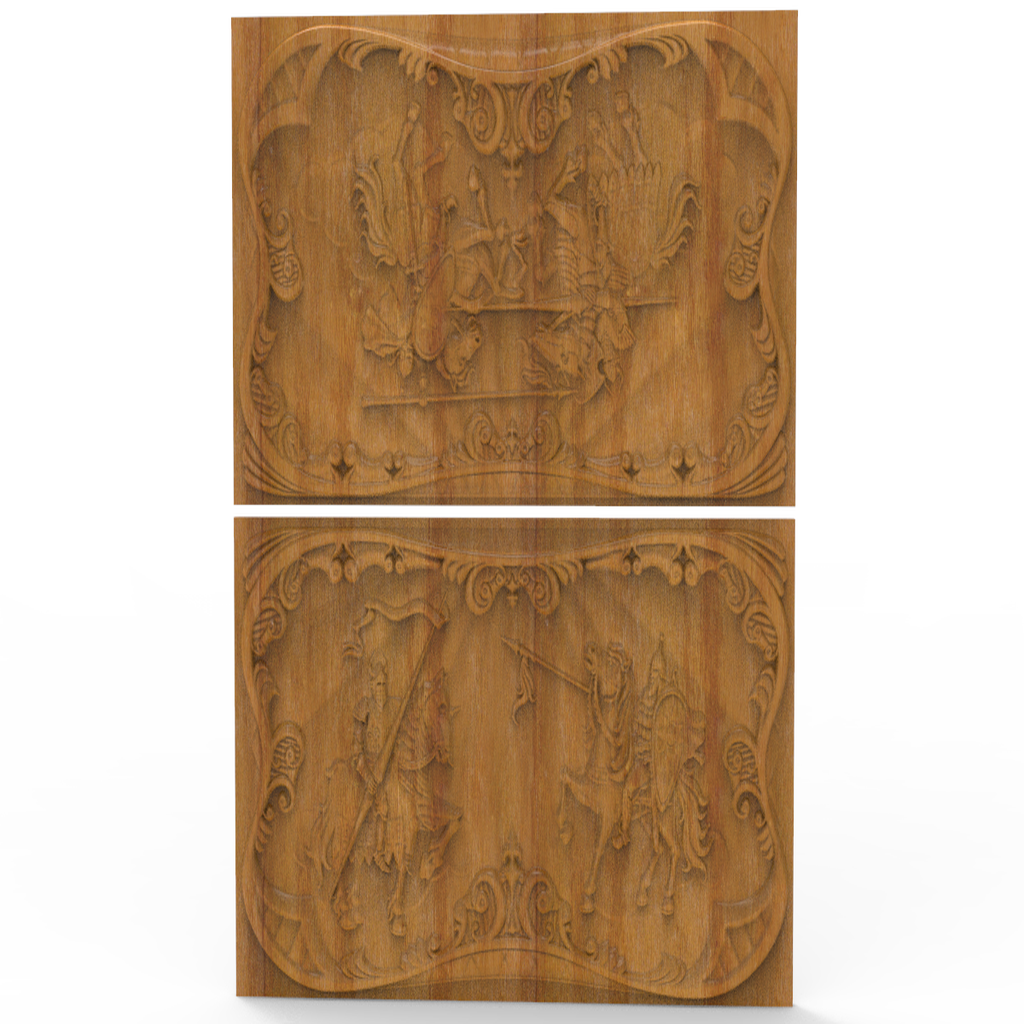
Horsemans knights for CNC
thingiverse
The evolution of the concept of a knight is closely tied to the development of mounted warfare in Europe. Here's how the word "knight" evolved over time: * **Ancient Rome**: In ancient Rome, the term for horseman was "eques," which translates to "horseman." This class was part of the second-highest social class in the Roman Republic and early Roman Empire. * **Middle Ages**: The medieval knight emerged as a mounted warrior in heavy cavalry during the Hundred Years' War. The specific sense of the word "knight" as a military follower of a king or superior is visible by 1100. * **Latin Origin**: The Latin term for horse, "equus," was replaced by "caballus" in common parlance during the later Roman Empire. From caballus arose terms in various Romance languages cognate with the English word "cavalier." * **Germanic Languages**: Germanic languages have terms cognate with the English word "rider." These words are derived from Germanic rīdan, "to ride," which is itself derived from the Proto-Indo-European root reidh-.
With this file you will be able to print Horsemans knights for CNC with your 3D printer. Click on the button and save the file on your computer to work, edit or customize your design. You can also find more 3D designs for printers on Horsemans knights for CNC.
